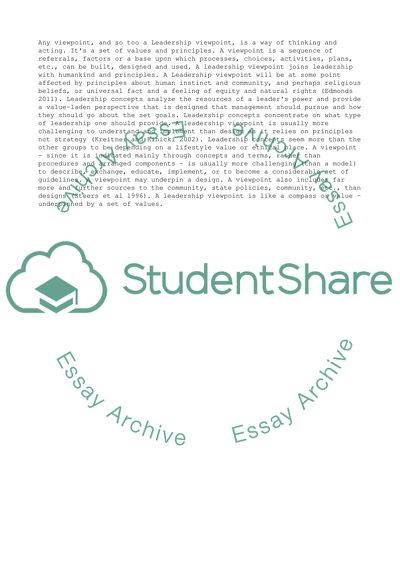Cite this document
(A Viewpoint of Leadership: Objectives and Places of Focus for the Research Paper, n.d.)
A Viewpoint of Leadership: Objectives and Places of Focus for the Research Paper. Retrieved from https://studentshare.org/management/1791557-theories-and-practice-of-leadership
A Viewpoint of Leadership: Objectives and Places of Focus for the Research Paper. Retrieved from https://studentshare.org/management/1791557-theories-and-practice-of-leadership
(A Viewpoint of Leadership: Objectives and Places of Focus for the Research Paper)
A Viewpoint of Leadership: Objectives and Places of Focus for the Research Paper. https://studentshare.org/management/1791557-theories-and-practice-of-leadership.
A Viewpoint of Leadership: Objectives and Places of Focus for the Research Paper. https://studentshare.org/management/1791557-theories-and-practice-of-leadership.
“A Viewpoint of Leadership: Objectives and Places of Focus for the Research Paper”, n.d. https://studentshare.org/management/1791557-theories-and-practice-of-leadership.


